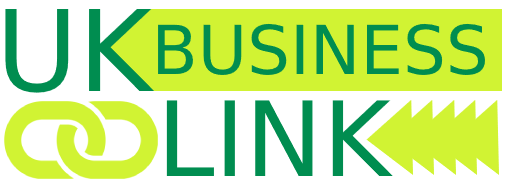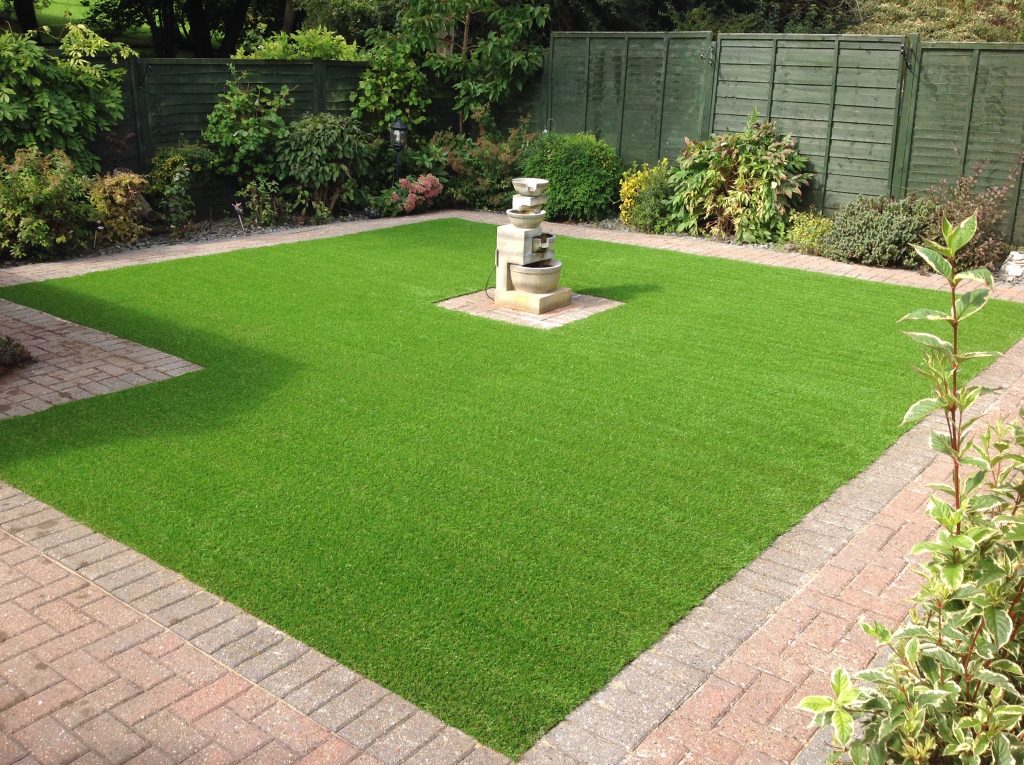Attractive grass is very high-maintenance, and needs frequent mowing, trimming, weed-removal, and watering. Each one of these leave an adverse effect on your nearby environment- on the plus side, artificial grass can provide an alternative. With minimal maintenance necessary, there is no longer the need for harmful chemical sprays and fossil-fuel-dependent grass mowers. Synthetic turf continues to look high-quality for as long as Twenty years which means you can kick back and take it easy with the knowledge that the backyard which you trust children and/or household pets to relax and play in, will remain toxin-free.
Minimizes Water Usage
To be able to manage regular grass regular watering is important, particularly throughout Summertime, and this significant water consumption has negative impacts on the planet. One benefit of artificial turf is that hardly any watering is required to ensure that it stays looking good. Artificial turf is not going to dry out or die-off with the heat like standard grass, therefore with specialists like, it is not necessary to squander treasured water on grass lawns.
Saving resources such as water has grown to be more vital and should factor into your pick of grass. Artificial grass lawns is only going to need hosing down if dust or dirt has to be removed, and usually a small amount of rainfall is going to do this job on your behalf!
Reduces Carbon Footprint
If lowering your carbon foot print is essential to you then artificial grass is definitely the best way to go. The lower upkeep that it requires means that very little equipment is needed- no lawn mowers, grass cutters, or scarifies necessary, all of which use non-renewable fuels. Synthetic grass is always clipped and weedless from the minute it’s installed, and this will mean you don’t need to rely upon any kind of damaging lawn mowers or cutters.
Not using these particular devices will decrease your petrol and diesel fuel usage, and therefore cut down greenhouse gas pollution.
No Need For Harsh Chemicals
Grass demands the use of fertilisers, pesticides, and other harsh chemicals to kill weeds and to keep your grass looking fresh. In addition to being made from materials such as fossil fuels (further increasing greenhouse gas emissions), you can run the risk of your grass becoming toxic. This creates a dangerous environment, especially for pets and children.
No Toxic Run-off
Another adverse aftereffect of applying harsh chemicals on grass is perilous toxic run-off that happens when it rains. The rainwater carries the harmful chemicals that are upon the grass across surface areas and can wind up in local water systems, like fish ponds and streams, in some cases killing the aquatic life. Severe amounts of toxic chemicals running into marine environments are also able to lead to algal blooms, which unfortunately drastically reduces the oxygen concentrations within the water. The marine life can then get sick and/or die, resulting in a population decrease, and reducing regional biodiversity.
Sometimes these agal blooms can also become dangerous to people since they generate bacteria growth and amplified toxin levels in water. This may cause individuals to become ill when they encounter the contaminated water, either through drinking the contaminated water or ingesting tainted fish.
Synthetic turf has no demand for any harsh chemicals and offers a solution to the damaging impacts of looking after regular grass. This blog artificialgrasscambridge.co.uk offers quite a bit more info on the main topics outdoor artificial grass.

